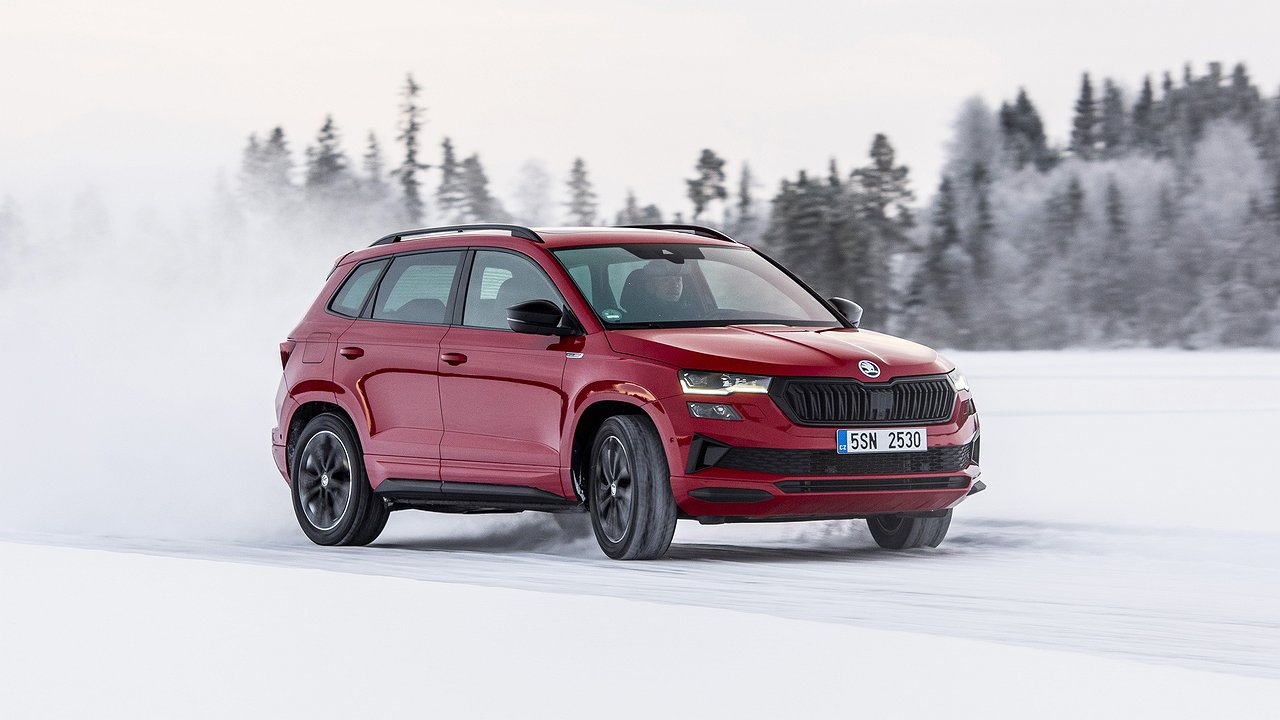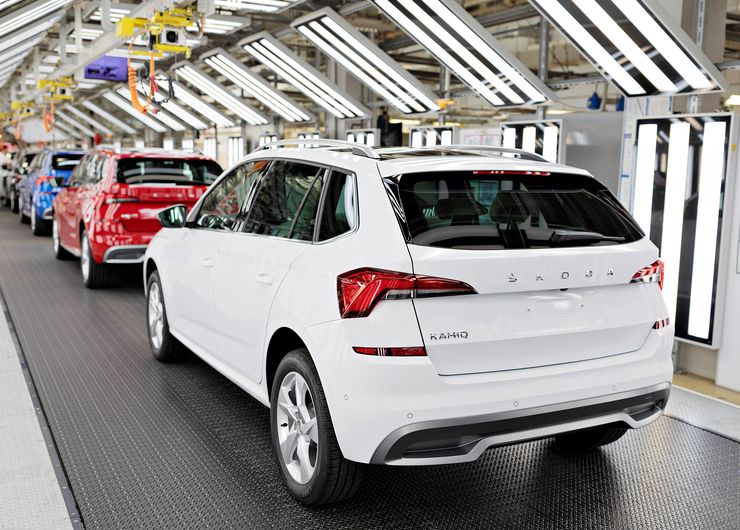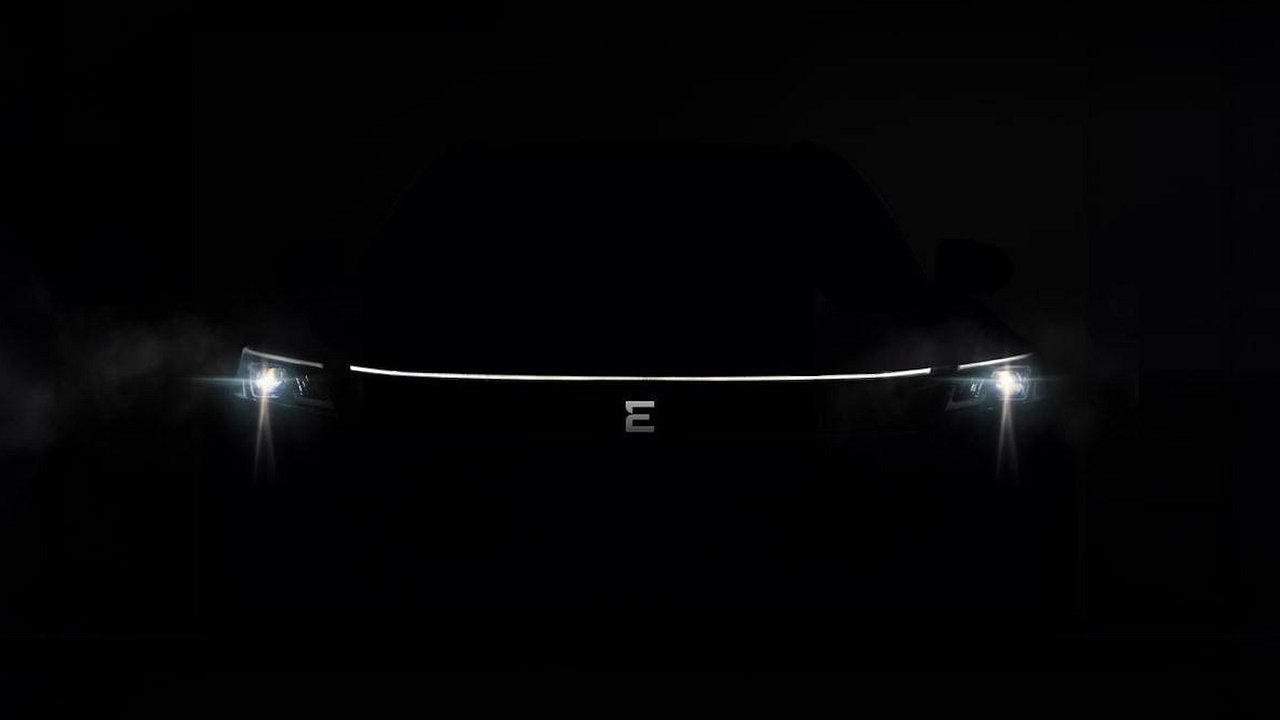The answer is obvious: cars will be actively exported, mainly to the EAEU countries. As you know, there is no taboo on the supply of cars to Russia via our neighboring countries. Products produced by local companies are actually considered customs union goods, and according to the EAEU trade rules, local Skoda products can easily be sold on the Russian market. Moreover, according to the documents, the manufacturer will most likely not be Skoda, but Allur. This means that Europeans have no obstacles to sell Czech cars in our country.
Moreover, the EU sanctions package does not ban the supply of cars costing less than 50,000 euros to car manufacturers. In other words, mass segment models easily bypass the veto. It is not without reason that “Skoda” in Kazakhstan is launching a meeting of “state employees” and mid-price cars.
Another thing is that the Skoda trademark is somehow sanctioned, but even here there is a completely accessible way out: sell the products to a certain distributor who, on a completely legal basis, can sell Allur car products in the Russian Federation. In addition, there is no longer an official representative office of Skoda in Russia and permission from the copyright holder is not required to import such products.
It seems that Volkswagen Group Rus, which returned to us under the AGR banner, removed models of the Czech brand from its product case for a reason, so as not to disrupt the “movement” along the cunning beaten path.














